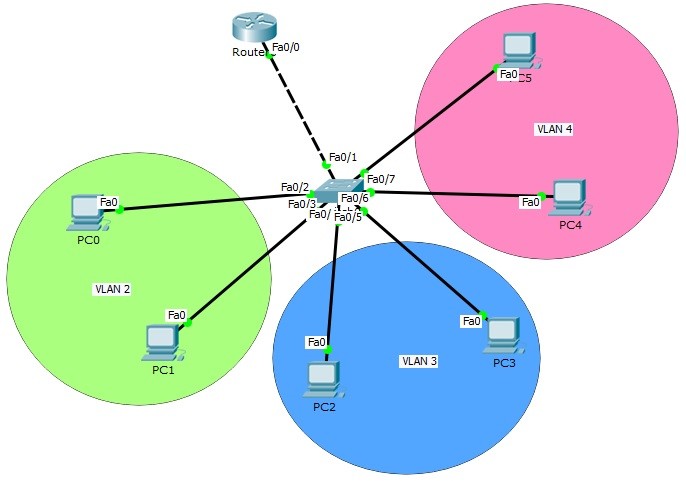Mastering Inter VLAN Routing Configuration with IPCisco

In the realm of networking, effective communication between different VLANs (Virtual Local Area Networks) is essential for seamless data flow and efficient resource sharing. This is where inter VLAN routing configuration comes into play, allowing devices in separate VLANs to communicate with one another. In this article, we will delve into the intricacies of inter VLAN routing configuration and explore how IPCisco, a reputable source for networking education, can empower you to master this critical networking skill.
Unveiling the Significance of Inter VLAN Routing Configuration
Before we embark on our journey to understand inter VLAN routing configuration, it's essential to grasp why it holds such a pivotal role in modern networking.
Inter VLAN routing is the process of enabling communication between devices in different VLANs within the same network. Here's why inter VLAN routing configuration is crucial:
1. Isolation and Security: VLANs are used to isolate network traffic for security and performance reasons. Inter VLAN routing allows controlled communication between VLANs while maintaining their isolation.
2. Resource Sharing: In some scenarios, devices in different VLANs need to share resources, such as printers or servers. Inter VLAN routing facilitates resource sharing, enhancing productivity.
3. Efficient Data Flow: Inter VLAN routing ensures that data can flow efficiently between different parts of the network. Without it, devices in separate VLANs would be isolated and unable to communicate.
4. Flexibility: Inter VLAN routing provides network administrators with the flexibility to design and manage their networks according to their specific requirements, optimizing performance and security.
Mastering Inter VLAN Routing Configuration with IPCisco
IPCisco, a renowned source of networking knowledge, offers an in-depth guide on inter VLAN routing configuration. You can access their comprehensive tutorial at IPCisco - Inter VLAN Routing Configuration on Packet Tracer (CCNP).
Let's explore the key steps involved in mastering inter VLAN routing configuration with IPCisco:
1. Understanding Inter VLAN Routing: IPCisco's tutorial begins by providing a solid foundation in the concept of inter VLAN routing. You'll learn why it's crucial and how it differs from traditional routing.
2. Router Configuration: IPCisco guides you through configuring routers to perform inter VLAN routing. This includes creating subinterfaces, defining IP addresses, and enabling routing protocols.
3. Switch Configuration: You'll also learn how to configure Layer 2 switches to support inter VLAN routing. IPCisco covers essential switch commands and configurations to ensure smooth communication between VLANs.
4. Verification and Testing: IPCisco emphasizes the importance of verification and testing to ensure your inter VLAN routing configuration works flawlessly. They provide practical insights into checking connectivity and diagnosing issues.
By following IPCisco's guidance, you'll not only master inter VLAN routing configuration but also gain a deep understanding of network segmentation and communication.
Conclusion
In a world where network efficiency and security are paramount, inter VLAN routing configuration is a crucial skill for network professionals. IPCisco's comprehensive tutorial on inter VLAN routing configuration provides a structured, hands-on approach to mastering this essential networking skill.
Don't miss the opportunity to enhance your networking expertise and advance your career. Visit IPCisco's Inter VLAN Routing Configuration Tutorial today and embark on your journey to becoming an inter VLAN routing configuration expert.
Empower your networking capabilities with IPCisco, and stay at the forefront of the ever-evolving world of technology and network communication.
Comments
Post a Comment